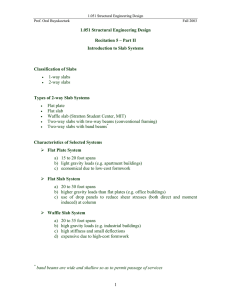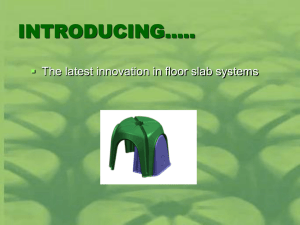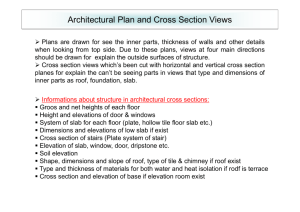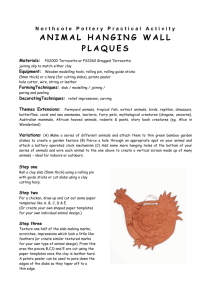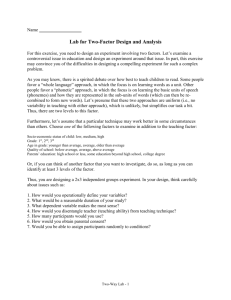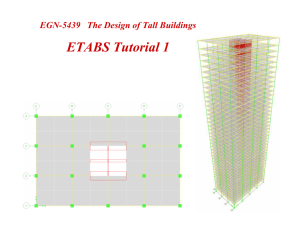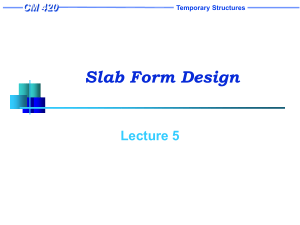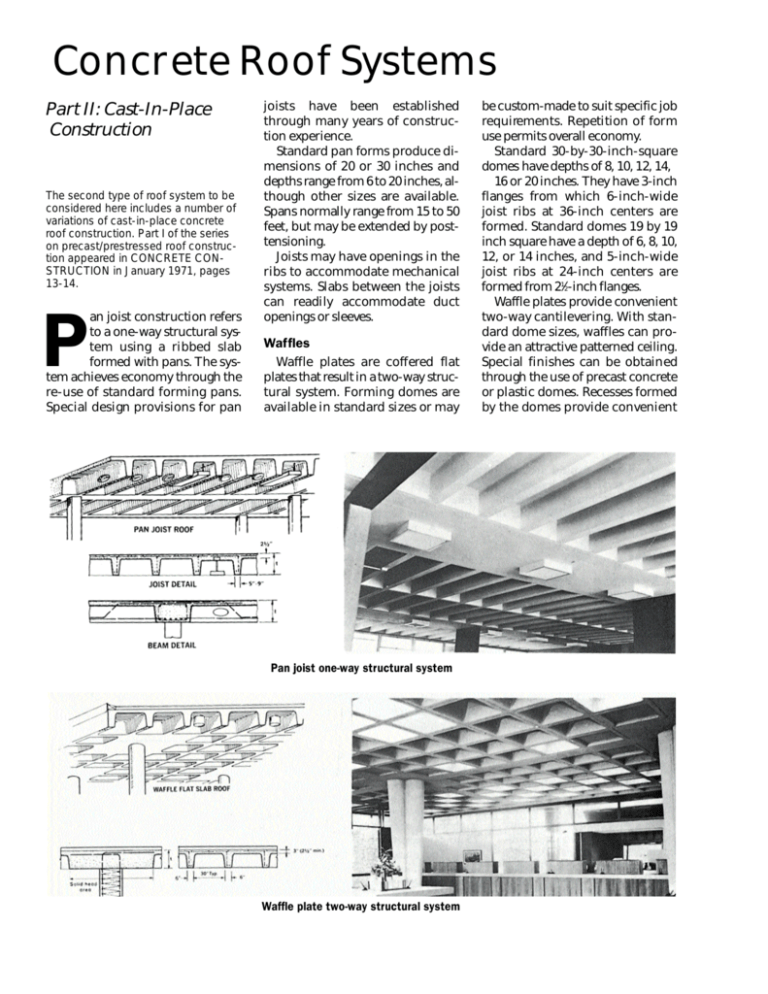
Concrete Roof Systems
Part II: Cast-In-Place
Construction
The second type of roof system to be
considered here includes a number of
variations of cast-in-place concrete
roof construction. Part I of the series
on precast/prestressed roof construction appeared in CONCRETE CONSTRUCTION in January 1971, pages
13-14.
an joist construction refers
to a one-way structural system using a ribbed slab
formed with pans. The system achieves economy through the
re-use of standard forming pans.
Special design provisions for pan
P
joists have been established
through many years of construction experience.
Standard pan forms produce dimensions of 20 or 30 inches and
depths range from 6 to 20 inches, although other sizes are available.
Spans normally range from 15 to 50
feet, but may be extended by posttensioning.
Joists may have openings in the
ribs to accommodate mechanical
systems. Slabs between the joists
can readily accommodate duct
openings or sleeves.
Waffles
Waffle plates are coffered flat
plates that result in a two-way structural system. Forming domes are
available in standard sizes or may
Pan joist one-way structural system
Waffle plate two-way structural system
be custom-made to suit specific job
re q u i re m e n t s. Repetition of form
use permits overall economy.
Standard 30-by-30-inch-square
domes have depths of 8, 10, 12, 14,
16 or 20 inches. They have 3-inch
flanges from which 6-inch-wide
joist ribs at 36-inch centers are
formed. Standard domes 19 by 19
inch square have a depth of 6, 8, 10,
12, or 14 inches, and 5-inch-wide
joist ribs at 24-inch centers are
formed from 21⁄2-inch flanges.
Waffle plates provide convenient
two-way cantilevering. With standard dome sizes, waffles can provide an attractive patterned ceiling.
Special finishes can be obtained
through the use of precast concrete
or plastic domes. Recesses formed
by the domes provide convenient
Flat plate two-way reinforced framing system
Flag slab two-way reinforced structural system
space for lighting fixtures and other
mechanical services. Holes may be
provided to accommodate mechanical functions within the depth of
the slab.
Flat Plates
A flat plate is a two-way reinforced concrete framing system utilizing the simplest of stru c t u ra l
shapes—a slab of uniform thickness. The flat ceiling is economical
to form and may be used for the finished surface without additional
treatment. The simple forming and
two-way structural action permit
economical cantilevers and other
architectural projections.
Slabs generally range from 5 to 14
inches in thickness. Spans are up to
35 feet, but may be extended by
post-tensioning.
Flat plates provide a continuous
solid ceiling with complete flexibility for locating partitions and me-
chanical equipment. Columns need
not be in straight lines to accommodate the building arrangement. Only a minimum structural depth is required, thus providing savings in
wall height and total enclosed volume. Electrical conduits and ducts
may readily be embedded in the flat
slab. A flat-plate system is well suited for roof parking or where other
heavy loads are anticipated.
Flat Slabs
A flat slab is a two-way reinforced
s t ru c t u ral system that includes either drop panels or column capitals
at columns. It is essentially a flatplate roof with additional depth
near the columns to resist heavier
loads, thus permitting longer spans.
Flat-plate thicknesses, usually 2.5
or 3 percent of the span, are a minimum of 4 inches with drop panels
and 5 inches without drop panels.
The size of the drop panel is about
33 percent of the span and 25 to 50
percent of the slab thickness. The
diameter of the column cap, if required, can be 8 to 10 times the slab
thickness. Spans up to 40 feet are
normal. Columns should be about
equal distance apart.
Flat slabs are well suited for
heavy roof loads and may be especially useful for roof-top parking.
Use of post-tensioning extends the
span range and may eliminate the
need for roofing. Total stru c t u ra l
depth is low and dead space is kept
to a minimum. Electrical raceways
and conduits may be embedded in
the slab and lighting fixtures may
be placed within the depth of the
drop panel.
PUBLICATION #C710039
Copyright © 1971, The Aberdeen Group
All rights reserved

